Women who dive in Jeju Island, South Korea, are likened to mermaids swimming in the ocean, which is also a unique cultural feature of this island.
Jeju’s female divers are also known as haenyeo or seawomen. The tradition of female diving on the island dates back 300 years to the Chosun Dynasty. A century ago, there were an estimated 30,000 haenyeo on the island. Today, Jeju’s close-knit haenyeo community numbers about 3,200 women.
Unlike other fishermen who sail or fish, Jeju haenyeo dive for clams, seaweed, and abalone in harsh conditions and without the aid of breathing apparatus. All they need is a tight-fitting rubber wetsuit to protect them from the cold, swimming goggles, buoys, fishing nets, and digging picks.
Elderly haenyeo women on Jeju Island. Photo: Daven Wu
Mija Ko, 19, works at the Beophwan Haenyeo Experience Center. Mija is petite and shares her haenyo work to help her family. Every day at 8am, Mija Ko crosses narrow cliffs to reach the bay and the sea. From January to May, haenyo like Mija start harvesting various types of shellfish, abalone and sea cucumbers. Mija Ko shares that on a good day, she can collect one kilogram of seafood and sell it at a fixed price of 150,000 won (about 2.7 million VND), of which 2,000 won (about 36,000 VND) is donated to maintain and develop the haenyo community. Haenyo in Jeju believe that the sea is a common asset, so each person only harvests enough seafood for their needs.
A professional sea nymph can dive to a depth of 8 meters, holding her breath for a minute and a half. Intermediate sea nymphs can dive to a depth of 6 meters. Mija said first-time divers can dive to about a meter.
In addition to her work as a fisherman, Mija also participates in guided diving tours on Jeju Island. She recommends the Beophwan Haenyeo Center as a place where visitors can sign up for sea immersion experiences. Visitors can also enjoy fresh seafood right on the sea, caught by the fisherman themselves.
Jeju’s Beophwan Haenyeo Center is open from June to late October for diving. Reservations can be made by contacting the center directly or through the hotel. The two-hour experience costs 30,000 won (about 540,000 VND) and includes all diving equipment.
Before diving, the sea nymph Mija takes a breath and dives into the water at a 90-degree angle with determination. After 2-3 minutes, she resurfaces, marking her return with a distinctive whistle (called sumbisori). Whistling has long been the spirit of Jeju's land and water. She approaches the tourists who are watching, offering them a taste of a sea snail she has just caught. The tourists commented that this sashimi "tastes like the sea, juicy".
Abalone shells harvested by haenyeo women. Photo: Daven Wu
While the sea nymphs dive into the water for just a few seconds, first-time divers have to struggle for 20-30 minutes to dive to a depth of one meter. Diving with sea nymphs will be guided to find and catch snails and clams. However, not all divers are lucky enough to harvest seafood.
In addition to experiencing diving with haenyeo, visitors to Jeju can go to the foot of Seongsan Ilchulbong Peak to watch the haenyeo "set sail". To learn more about the lives and work of the haenyeo, visitors should visit the Haenyeo Museum in Hado-ri, a fishing village on the coast of Jeju.
In 2016, UNESCO included the diving tradition of the haenyeo on Jeju Island in its list of intangible cultural heritage of humanity.
Bich Phuong (According to Channel NewsAsia)


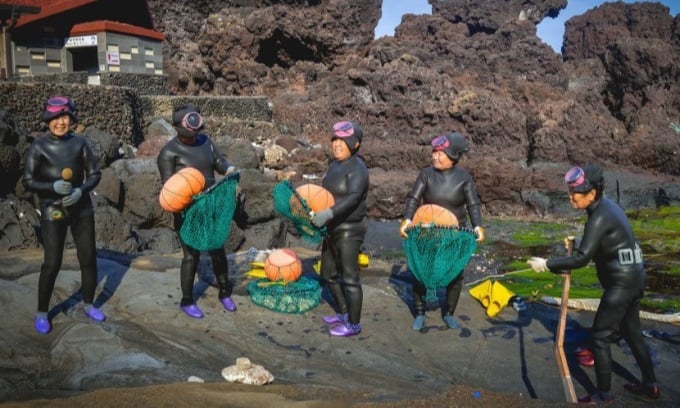
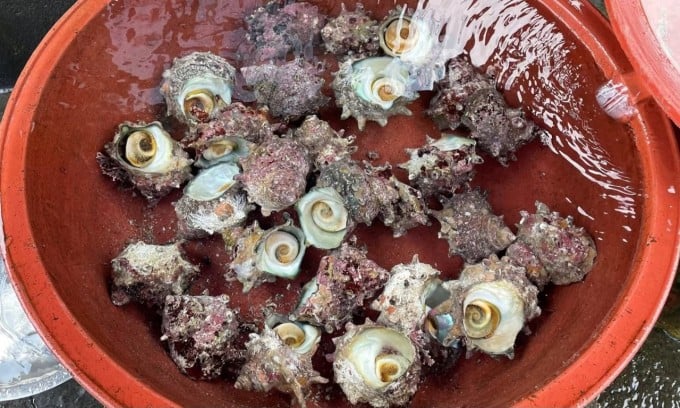








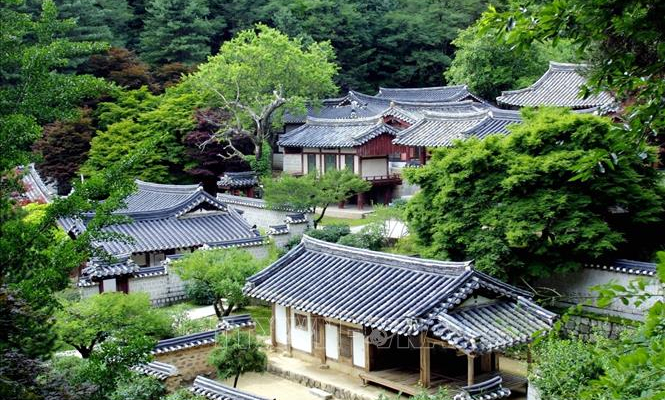

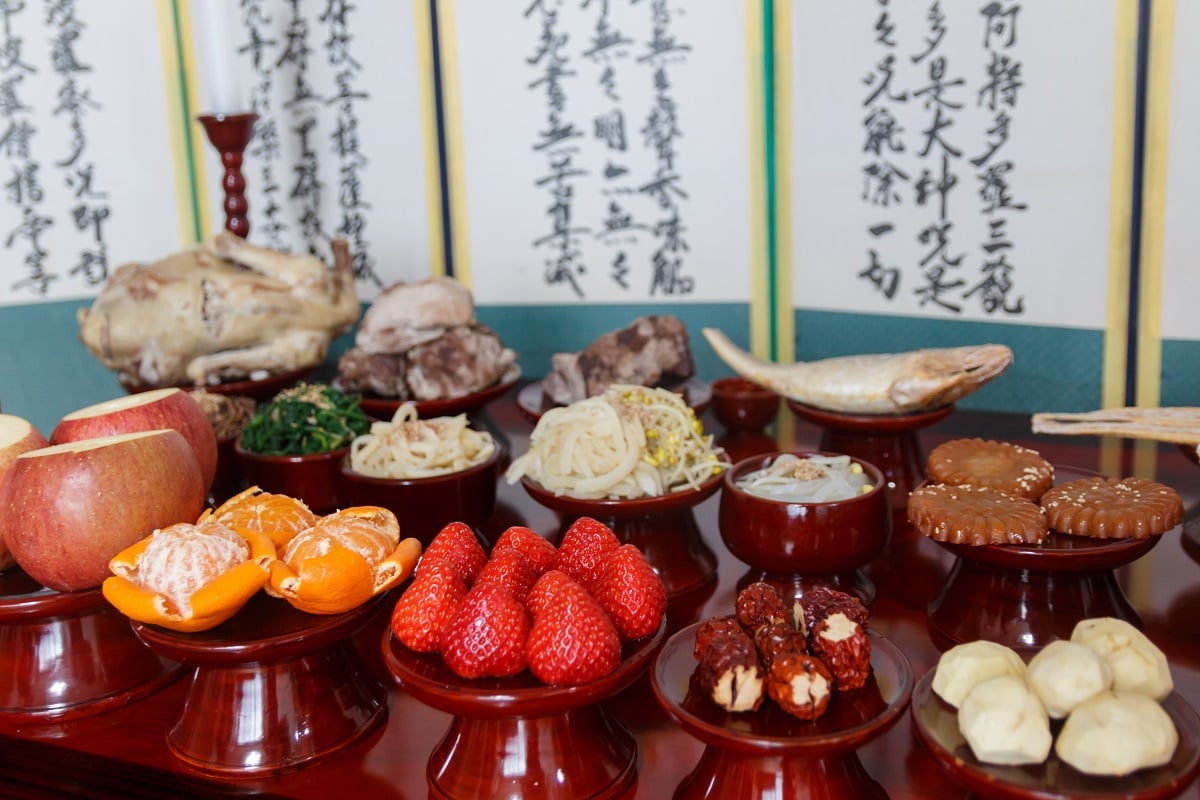

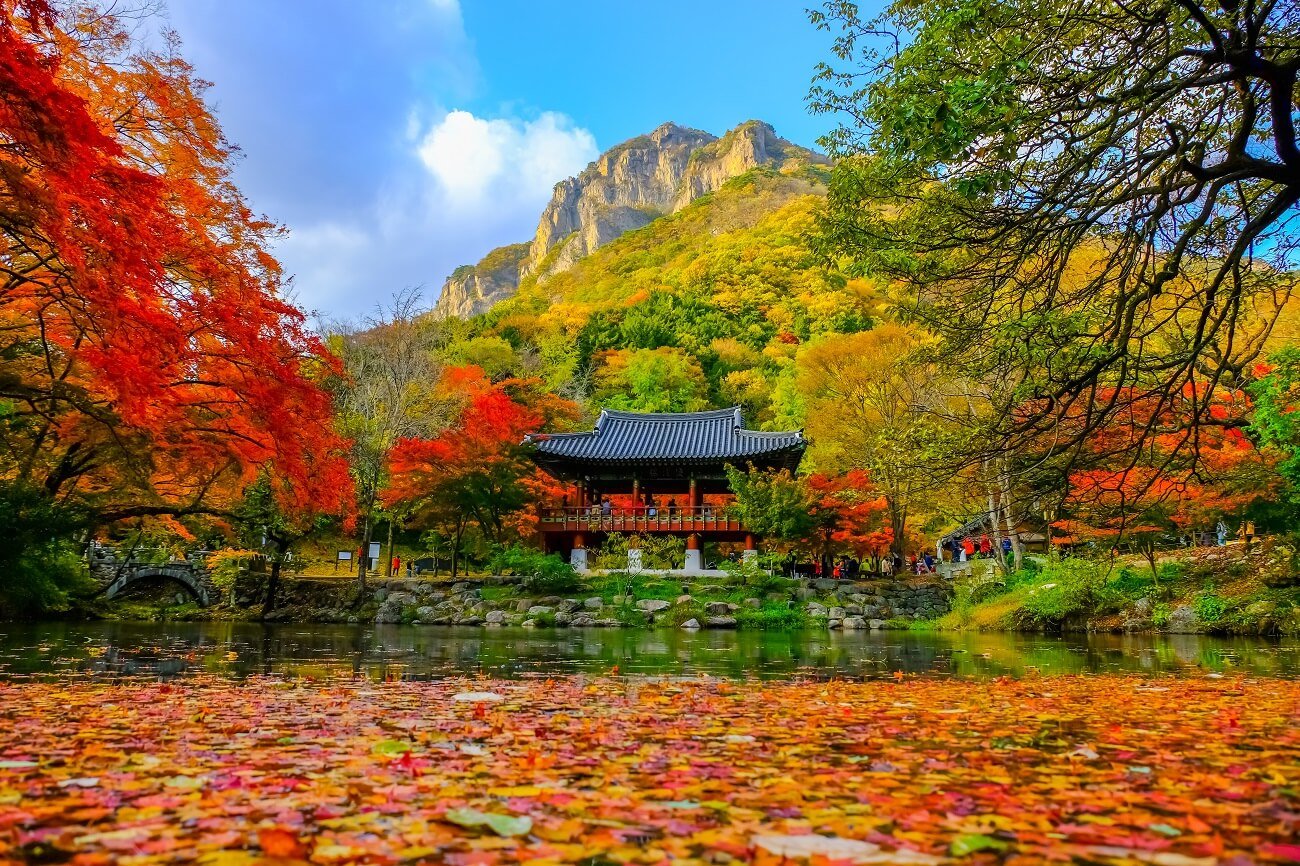
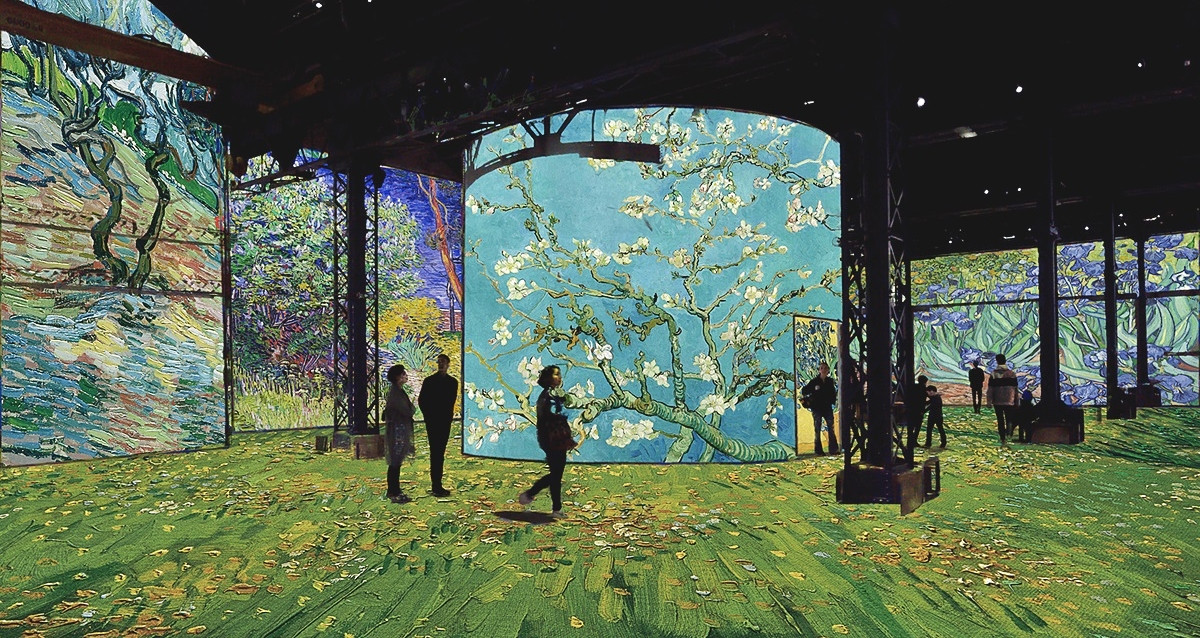

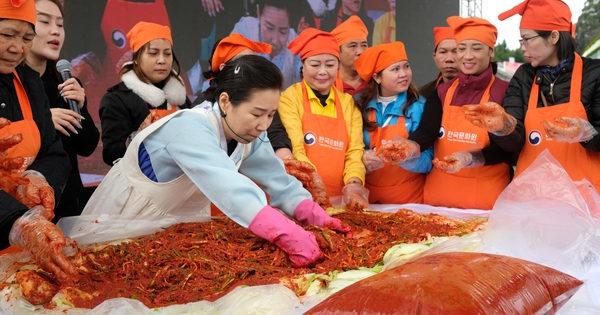


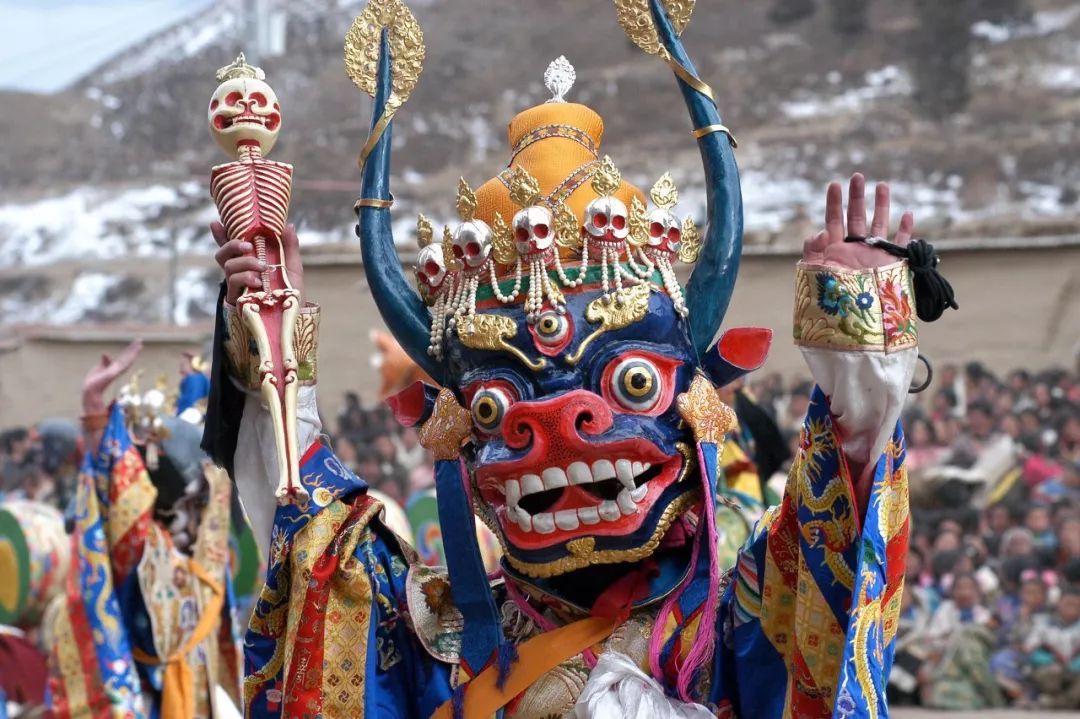
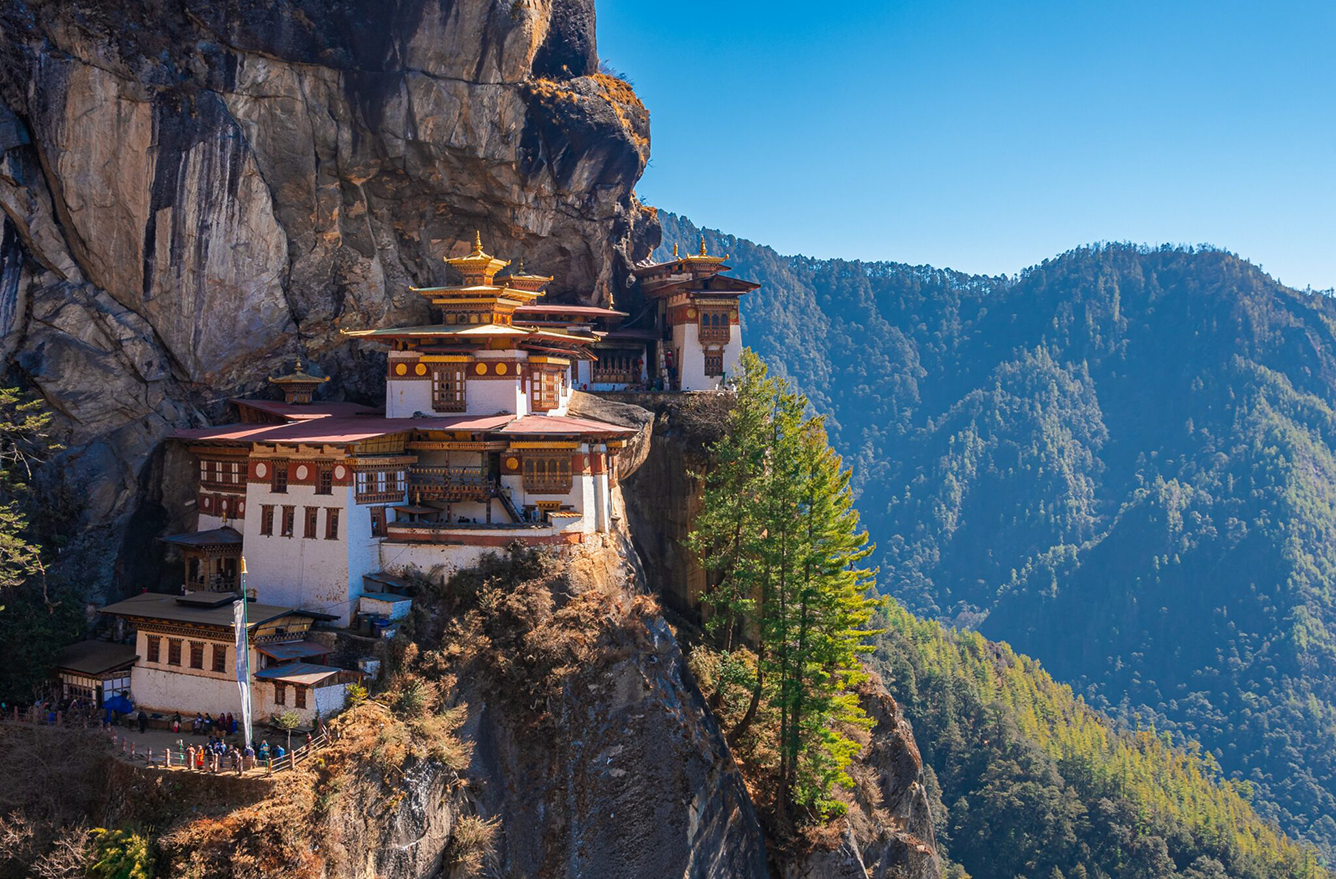
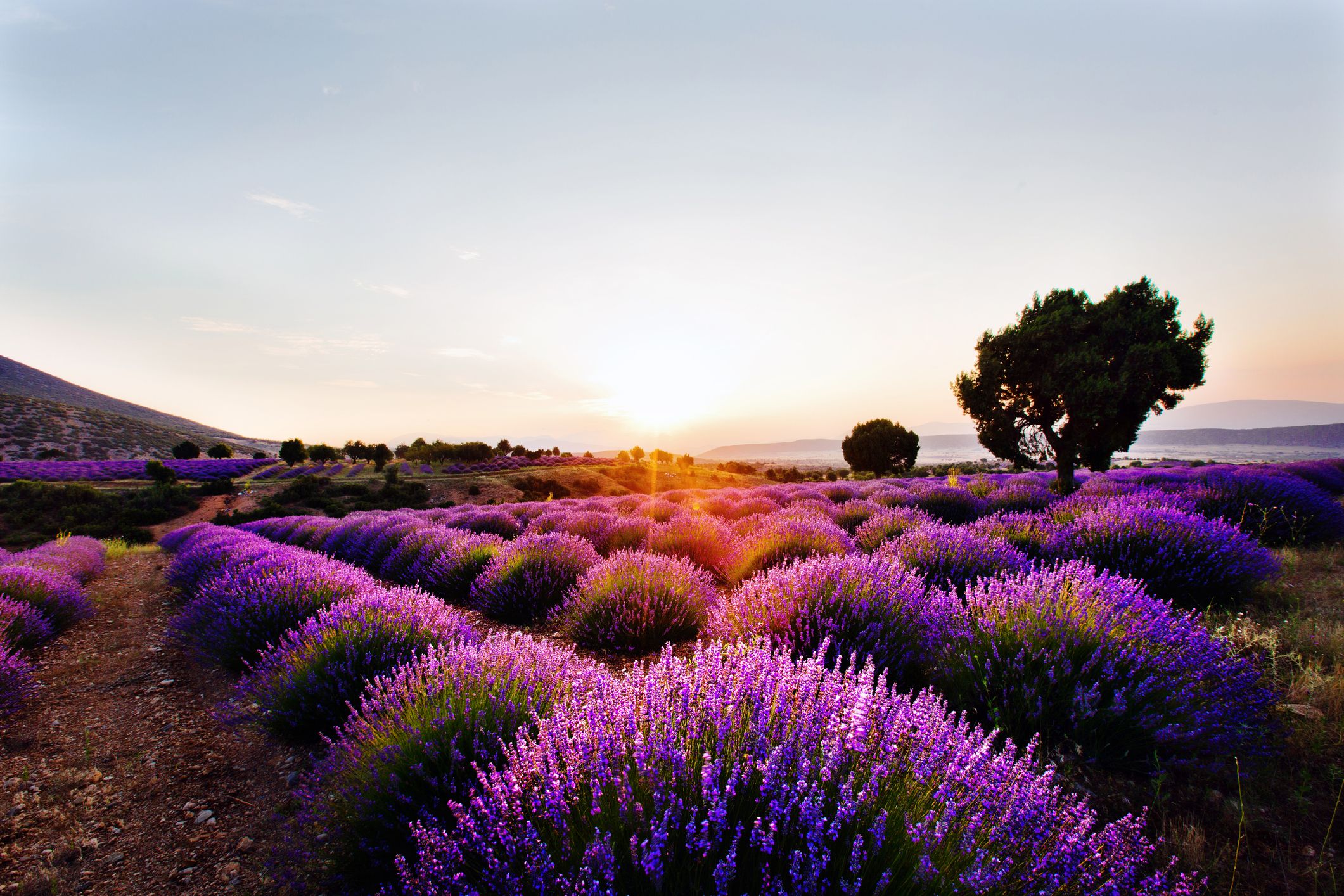
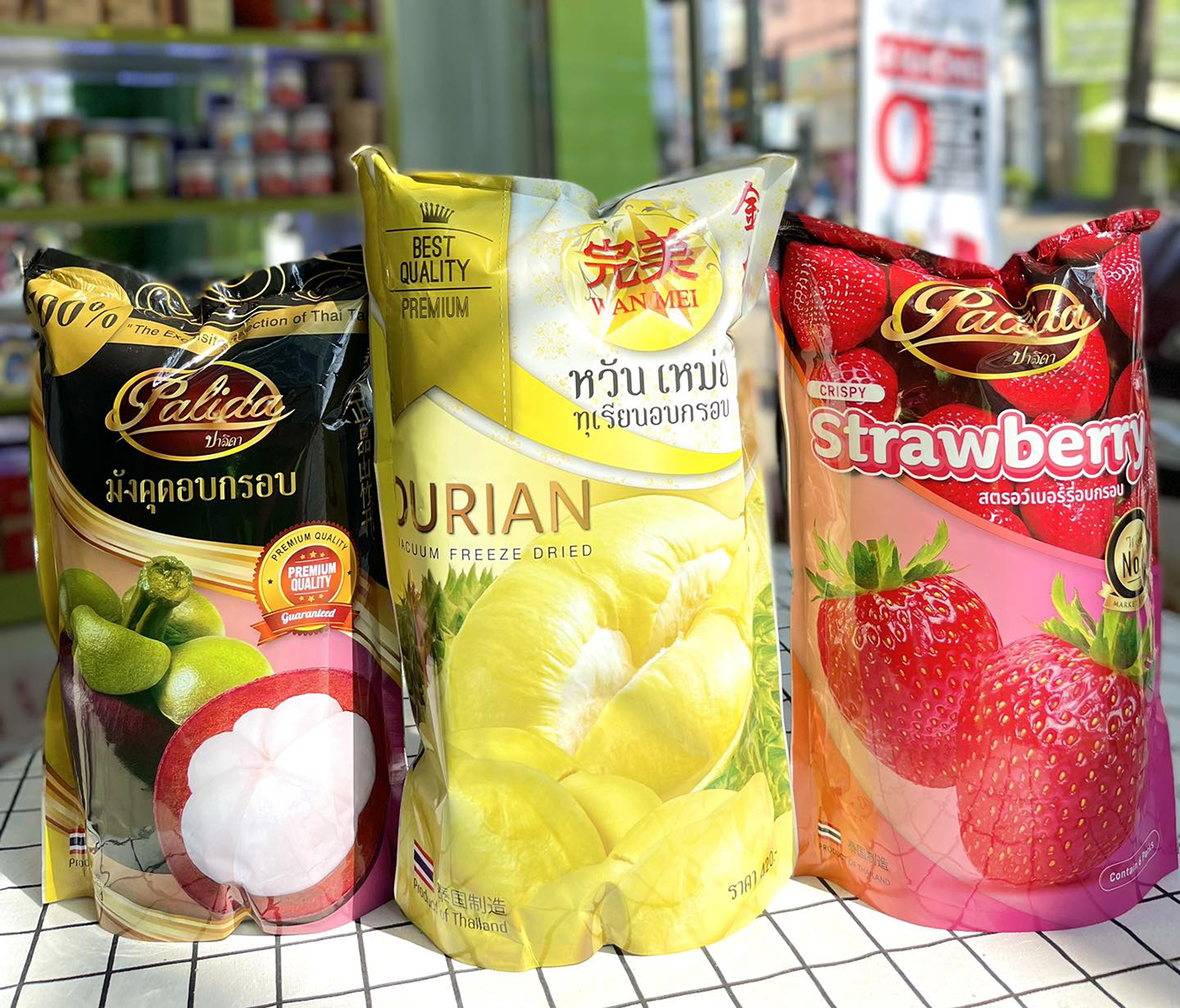









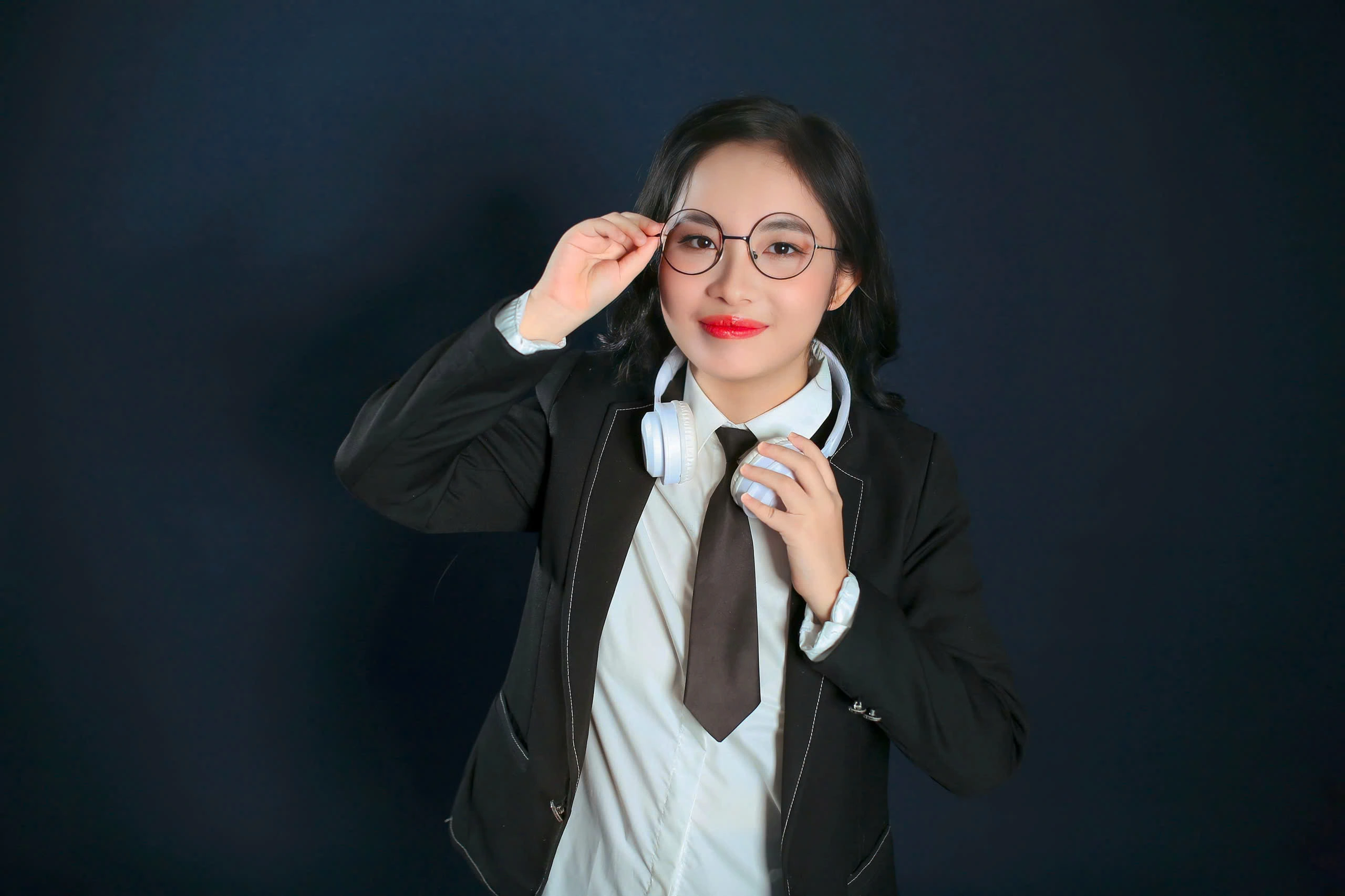





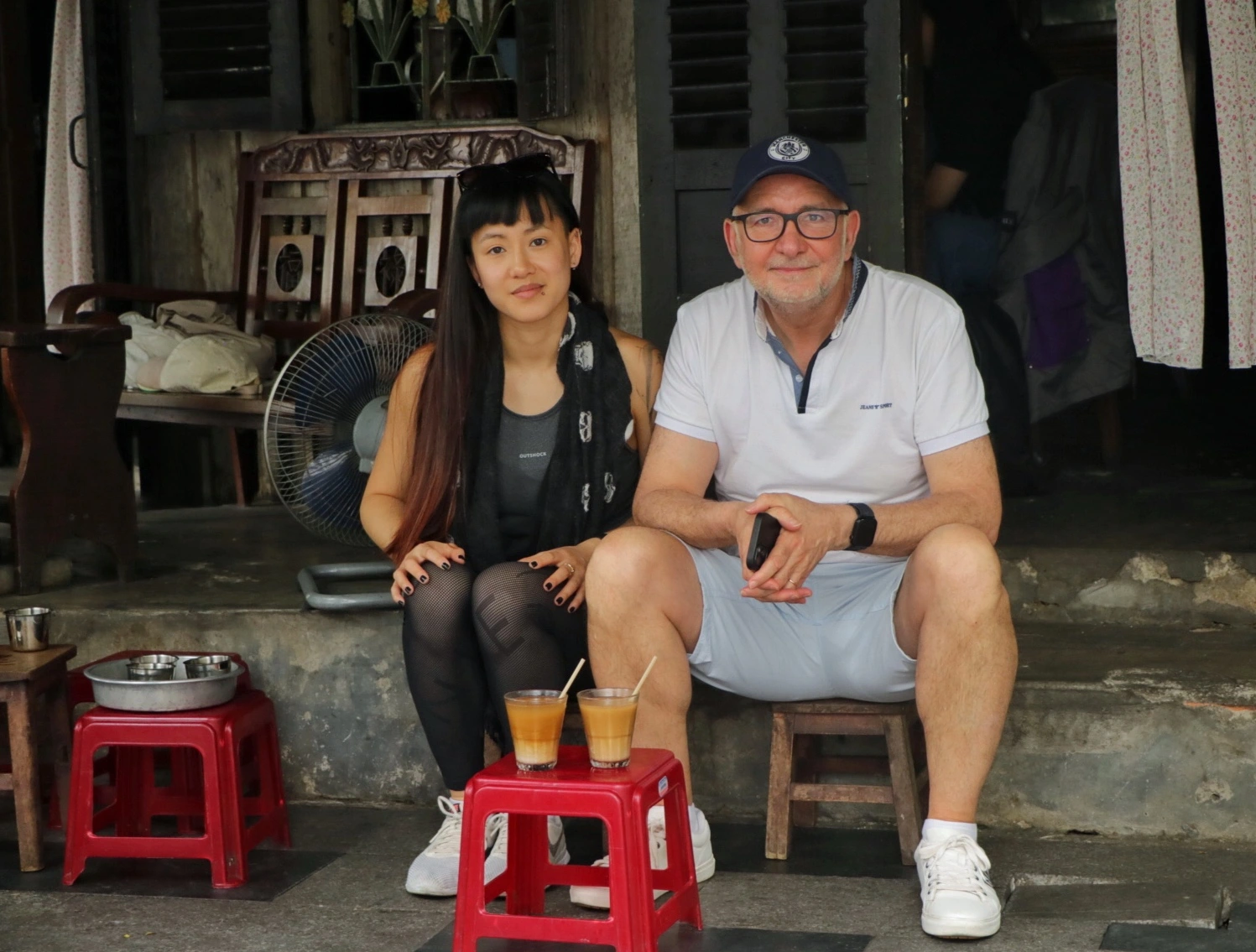

Comment (0)